detail profile ivan drach
Peran Yang Di Mainkan Ivan Drach
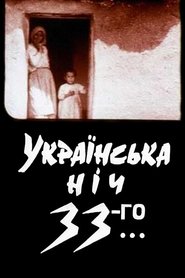 Ukrainian Night of the 33rd is...
Ukrainian Night of the 33rd is...Ukrainian Night of the 33rd 1994
Ukrainian Night of the 33rd is series of documentaries about the Holodomor, which includes the “Fear”, “Horror”, “Guillotine”, “Case of Hrushevsky.” Each part is full of horror, and the viewer is constantly in tension.
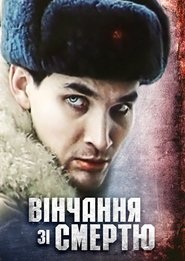 End of the 1930s The times...
End of the 1930s The times...Marrying Death 1992
End of the 1930s. The times of Stalin's terror. Lieutenant Scherbakov got the order to shoot several "enemies of the people". Unexpectedly, a rural wedding found itself at the crime scene. Pursuant to the instruction, witnesses were also eliminated...
 The film is dedicated to the...
The film is dedicated to the...Babyn Yar 1989
The film is dedicated to the memory of the victims of Babyn Yar. A memorial service and a requiem rally are shown. The writer I. F. Drach makes a speech. Photo and film documents from the Second World War are used.
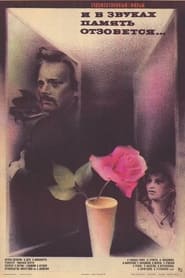 Ukrainian composer Mykola Lysenko goes for...
Ukrainian composer Mykola Lysenko goes for...Memories Echoing in Sounds... 1987
Ukrainian composer Mykola Lysenko goes for a walk in Kyiv. Along the way, his memory takes him back in time: first to his childhood in the village of Hrynky; to May 1861, when he attended Taras Shevchenko's funeral; to a trip to Leipzig; to the time when he was working on the opera "Taras Bulba"; to the images of Olha O'Connor and Olha Lypska, who gave him love, happiness, and inspiration.
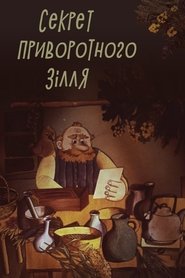 Once upon a time there was...
Once upon a time there was...The Secret of the Love Potion 1980
Once upon a time, there was an old man who knew a lot about herbs and magic spells. Many people came to him at night for their happiness, and he helped them all (well, almost all) to find love. What was the secret of his magic potion and why did the old man still remain lonely?
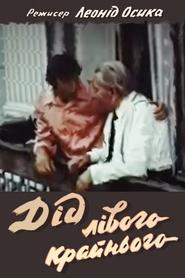 Trofim Bessarab has been working as...
Trofim Bessarab has been working as...The Grandfather of the Left Winger 1973
Trofim Bessarab has been working as a house painter for all his life. He is a pensioner now and it seems that he can let himself have a rest. But idleness is not for Trofim. His nature is to be a working man and he looks for the way to apply his irrepressible energy, he possesses despite his age.
 The main motive of the film...
The main motive of the film...I'm Coming to You... 1970
The main motive of the film - a tragic love of Lesya Ukrainka to Marxist revolutionary Sergei Merzhinskiy. The film is about the poetess' trip to her beloved, in the literal and metaphorical sense at the same time.
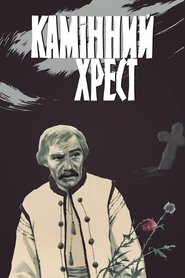 In 1890s Western Ukraine Ivan Didukh...
In 1890s Western Ukraine Ivan Didukh...The Stone Cross 1968
In 1890s Western Ukraine, Ivan Didukh, a proud and ripe Galician farmer, has decided to abandon his ancestral home to emigrate to Canada in search of a better life. His final hours are clouded by both internal and communal discord as his village convenes to ceremonially mark his departure. The celebrations that echo those of a funeral, forecast the imminent death of a man estranged from his motherland, and of an antiquated way of life on the cusp of obsoletion.
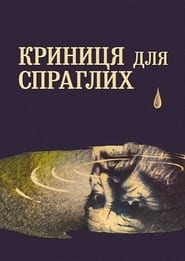 A parable centering on an old...
A parable centering on an old...A Spring for the Thirsty 1965
A parable centering on an old man who lives a secluded life in the desert, alone with only his memories and photographs. His wellspring, once a source of joy and hope for thirsty passersby, is now rarely used. No longer able to find comfort in his memories, he turns all his photographs to face the walls.
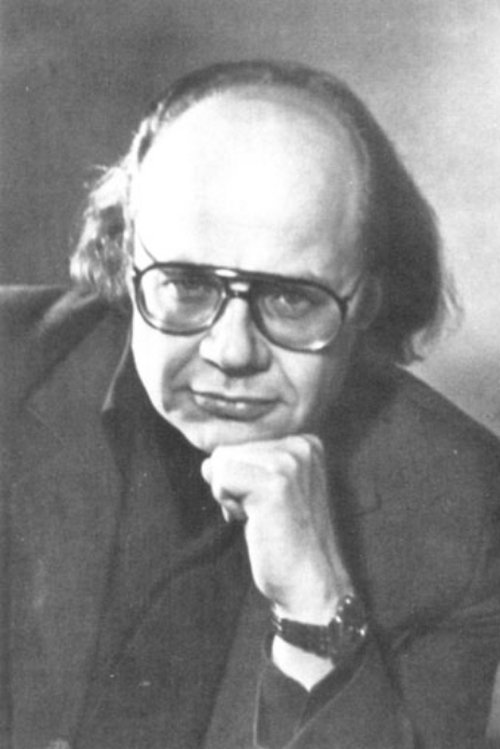

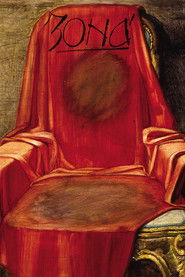
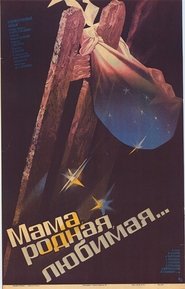
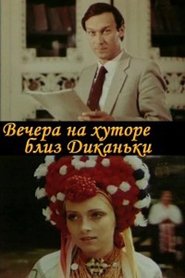 A fantasy film on the theme...
A fantasy film on the theme...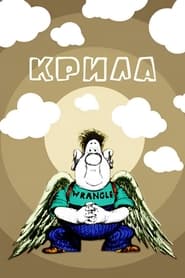 Uncle Kyrylo receives wings as a...
Uncle Kyrylo receives wings as a...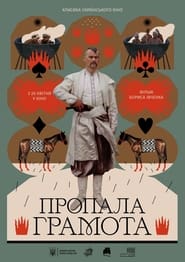 Folk comedy that tells the adventures...
Folk comedy that tells the adventures...